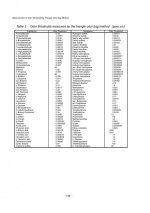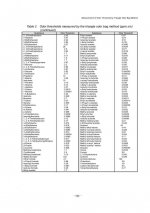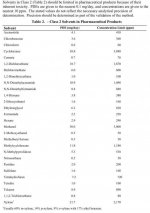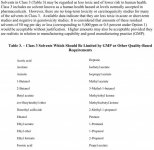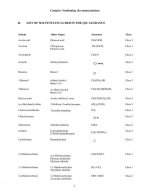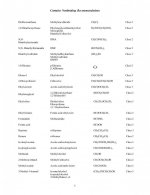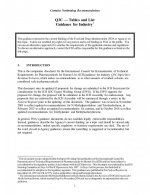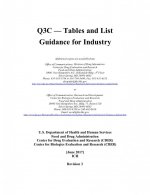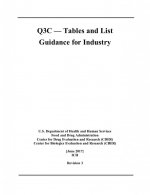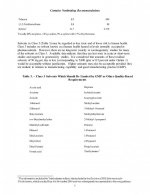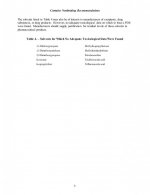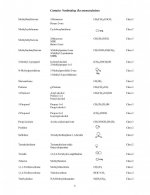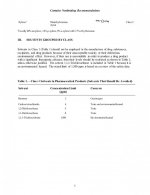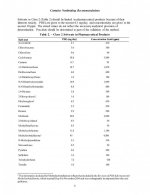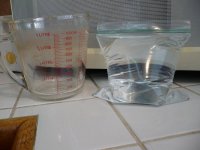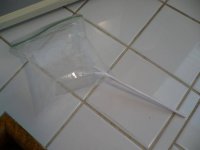Been doing some test runs lately where I purge
the product down to 40 ppm residual butane and
to my surprise, the feedback I had was the product
was tasteless so I am thinking that I might not
need to purge that low. That was after 72 hours
at 29.5 hg and 105 f. The one I did for 48 hours
came back at 100 ppm.
Just wondering what are you guys thoughts on what
is the level of residual butane at wich you can start
to taste it in the product? Thanx
the product down to 40 ppm residual butane and
to my surprise, the feedback I had was the product
was tasteless so I am thinking that I might not
need to purge that low. That was after 72 hours
at 29.5 hg and 105 f. The one I did for 48 hours
came back at 100 ppm.
Just wondering what are you guys thoughts on what
is the level of residual butane at wich you can start
to taste it in the product? Thanx



